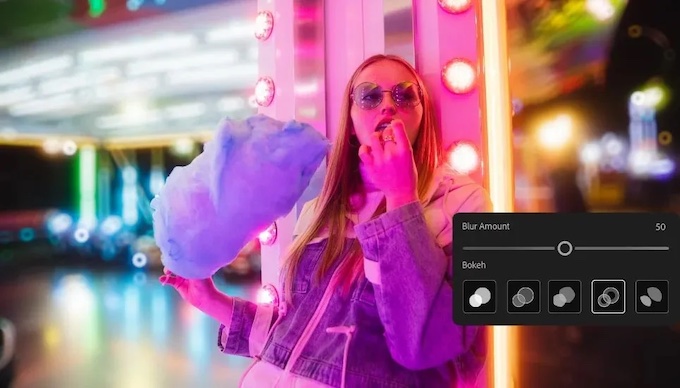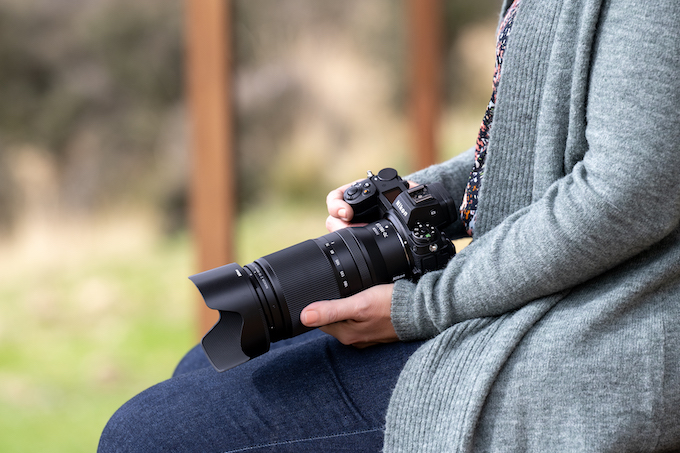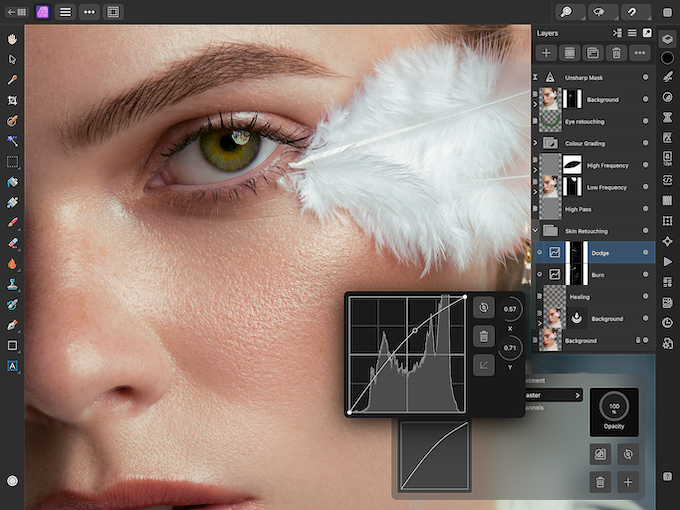Software
Alien Skin has released the X4 version of Exposure, its premiere image organizer and RAW file developer software. With new features and operational improvements, Alien Skin Exposure X4 moves closer to becoming a replacement for Adobe Bridge and Adobe Photoshop Lightroom. As a standalone it includes the file viewing functions of Bridge and most of the RAW file processing abilities of Lightroom, but without the need of a catalog.
Exposure X4 also functions as a plug-in to Adobe Photoshop CS6 or Adobe Photoshop CC 2015 or newer, and Adobe Photoshop Lightroom 6 or Lightroom CS 2015 or newer.
I tested X4 primarily as a standalone on both Windows and Mac computers to see the latest features, but also looked it over as a plug-in in both CC version of the Adobe softwares. New users can purchase Exposure X4 for $149. Registered users of previous version can upgrade for $99.
What’s New
New features are found throughout the program. On the photo management side, Exposure X4 provides the ability to automatically populate Smart Collections based on camera metadata and criteria of your own choosing. Your criteria can include keywords, ratings, flags, folder location, and more. You can even apply presets, metadata, keywords, and add files to collections as they are added.

The new Smart Collections offers many options for automatically gathering images together. All photos ©Stan Sholik unless otherwise noted.
Also new is the ability to shoot tethered using X4’s new Monitored Folders feature and your camera manufacturer’s tethering software. And the new Lightroom migration tool allows you to import Lightroom folders, complete with flags, ratings, labels, most metadata, keywords, collections, and more. You can also choose to export Lightroom-adjusted images alongside the original files for reference.

The Exposure X4 Lightroom migration tool is activated from Lightroom and provides options to customize the move to your needs.
On the image editing side, Exposure X4 introduces the ability to perform transformations on files. You can adjust vertical and horizontal keystoning, rotate, scale, adjust aspect ratio, and show a grid when using the transform controls. Improvements to the RAW file processing algorithm provide better highlight and shadow recovery. I found the new ability to adjust the placement and orientation of the newly added light effects to be particularly useful and fun to experiment with. And there are also the usual claims of improved speed that I have yet to be able to objectively verify for any program. Whatever the actual speed boost, Exposure X4 is certainly very responsive, more so than Adobe’s other competitors.

The new Transform tool allows you to manually adjust keystoning and apply other transformations. A grid and the ability to view the original and the adjusted image are available.
User Friendliness
Whether you are a new user of Exposure X4 or are migrating to it to take advantage of its presets or to avoid a subscription model, you will quickly become comfortable with the layout and tools. What will take some time is sorting out the unique keyboard shortcuts. In the Exposure X4 Help dropdown menu there are visual guides to the keyboard shortcuts. However, being accustomed to the Adobe shortcuts that many other programs have adopted (at least in part), it takes longer to get up to speed with Exposure’s shortcuts.
With more than 500 presets, you might expect some confusion in choosing one to apply to an image. Not at all. Your preview image is used for a thumbnail for each category in the Presets panel, and as you mouse over the thumbnails, the preset is instantly applied to the preview in the main window. Even if you have little idea of where you want to take your image, looking through the possibilities is astonishingly fast.
What We Liked
For photographers who are taking the time to keyword their images, the new ability in Exposure X4 to populate smart collections with them is a real, time-saving bonus. The new Lightroom migration tools imports keywords you have created in Lightroom, including the appropriate keyword hierarchy. But even without keywords you can create smart collections based on camera metadata such as ISO, shutter speed, aperture, camera model, lens, and many other criteria. Unfortunately, GPS is not an option as it is not supported by the program. While I didn’t import my entire Lightroom library to Exposure X4, I tested a folder or two and everything worked flawlessly.
Exposure does Lightroom one better by allowing you to create layers and mask areas of an image to apply presets and local adjustments. This is not a new feature, but certainly worthy of note. The creation of layers is highly automated, even names are often automatically created for the new layers, and masks are simply brushed on. When you brush on effect presets or local adjustments, the appropriate areas of the mask are automatically updated with the change.
The new transform tools, with the ability to automatically crop and show/hide alignment gridlines, work very well. However, it’s not as fast as similar tools in rival programs.

The new lighting effects open on your image and you can move and orient them to exactly the place you like, then adjust their opacity.
The new feature I found to be the most useful and the most fun was the ability to place lighting effects anywhere you needed in an image. When shooting, the lighting sometimes comes from the right, sometimes left, and sometimes above. Having the ability to drag and drop the lighting effect anywhere in the frame, then being able to rotate and reorient it is wonderful. It would be even better if in a future version the effects were scalable. Exposure X4 adds additional lighting effects and these are the only ones that can take advantage of this feature.
Don’t Miss: 8 Awesome Apps and Plugins for Portrait Photographers
What We Didn’t
While Exposure X4 supports camera metadata and very basic IPTC fields, it is about time for Exposure to fully implement IPTC metadata and GPS information. With most cameras and even smartphones making GPS information available, it can be extremely useful to have access to that data. And most professionals make extensive use of the IPTC fields when preparing their images for clients or for stock uses.
Beside the need for increased IPTC metadata and for GPS support, Exposure X4 is still lacking a tool to correct chromatic aberration. Even a manual tool would be helpful. As pixel density increases in new cameras, chromatic aberrations introduced by legacy lenses is becoming more of an issue.
And, while layers and masking are available in Exposure X4, as with Lightroom, it is not possible to do image compositing. That said, since Exposure X4 can functions as a Photoshop plug-in as well as a standalone application, you can easily use the features, including the presets, in Exposure X4 and move back to Photoshop for compositing.
How It Compares
Exposure X4 has become a formidable alternative to Adobe Bridge and Lightroom, especially if you are looking to avoid subscription-based programs. But other cross-platform options such as DxO PhotoLab, Skylum’s Luminar, and onOne Photo RAW offer strong competition if you are not interested in making use of the extensive library of presets available in Exposure X4. But for power users that are accustomed to Adobe or another systems keyboard shortcuts, mastering the unintuitive, non-standard keyboard shortcuts in Exposure X4 could is something of a stumbling block.
Stan Sholik is a photographer/writer in San Clemente, CA.
Don’t Miss: Understanding the Difference Between a Preset and a LUT
Hot Products Buyer’s Guide: Top Photo Software Picks for 2018





